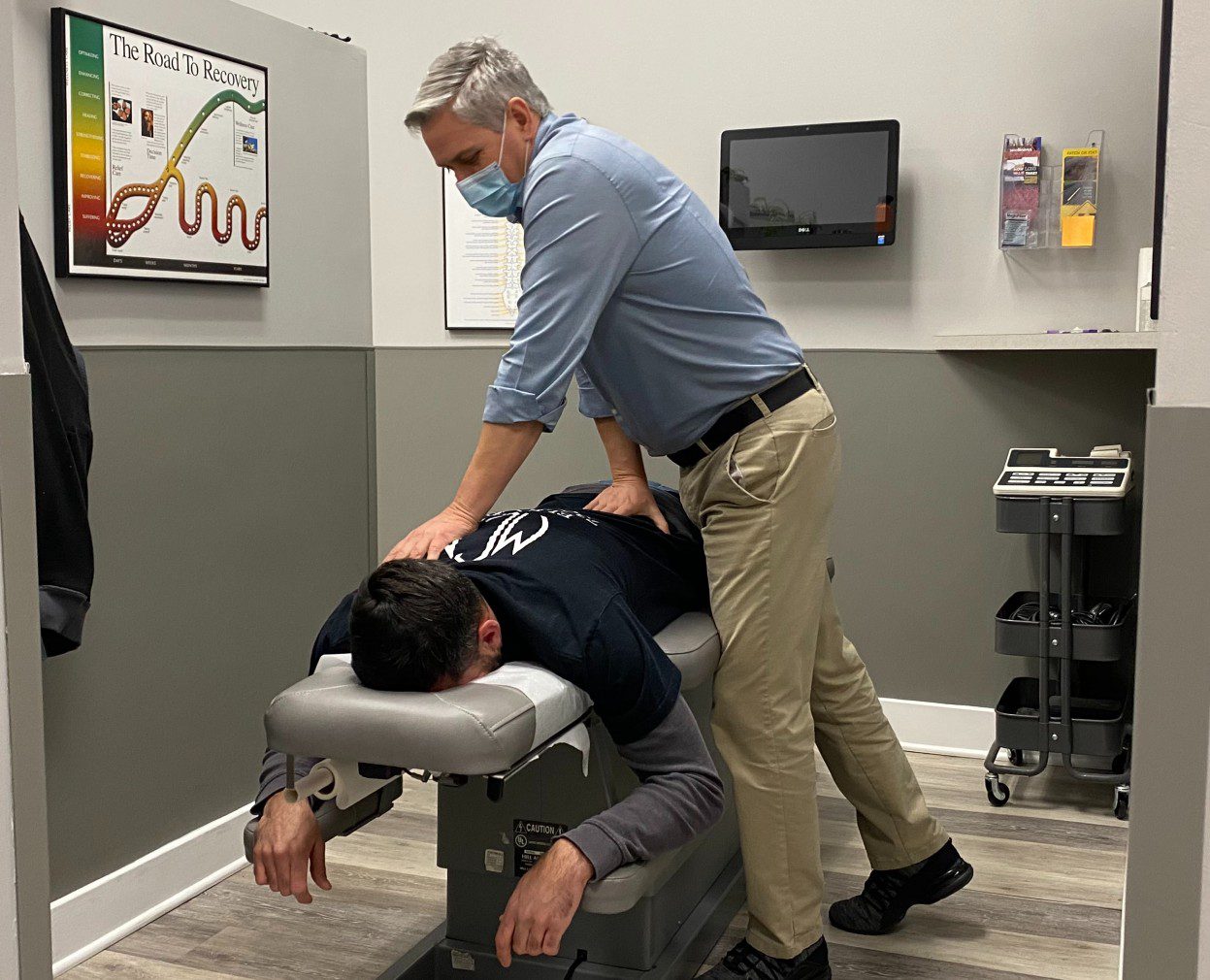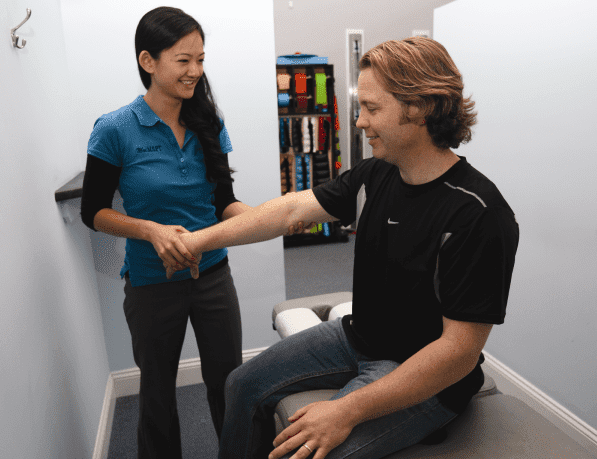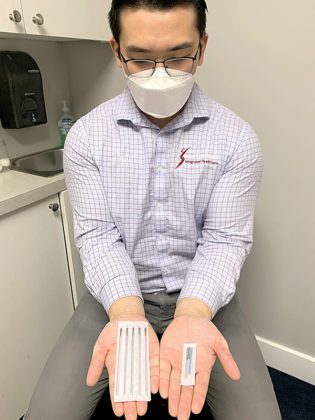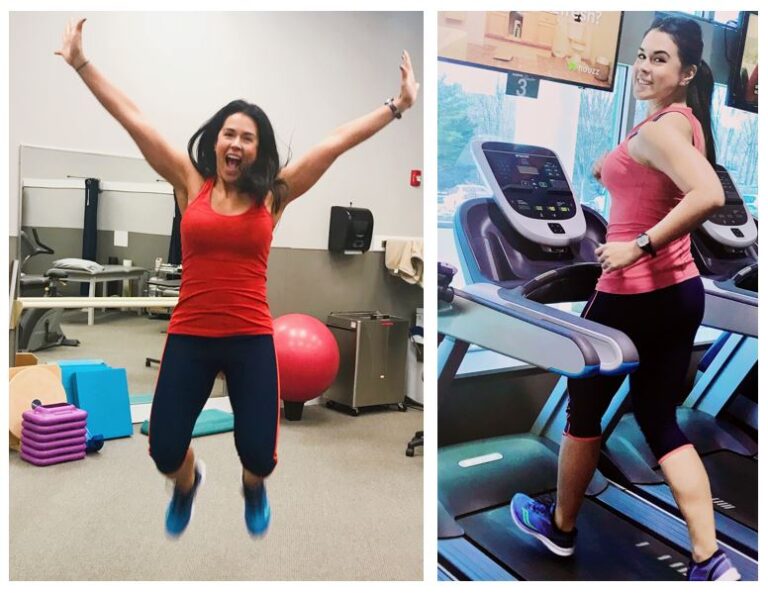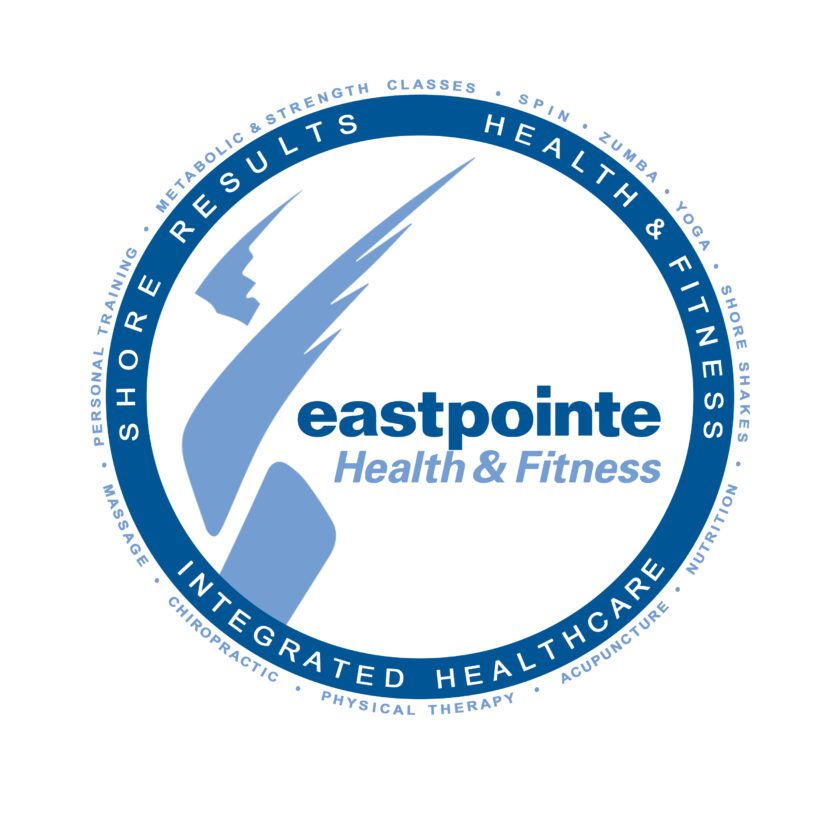By Kelly Ann Young, Physical Therapist Assistant
Complex Regional Pain Syndrome (CRPS), also known as Reflex Sympathetic Disorder (RSD, can be experienced by any person and at any time, but, statistically occurs with more prevalence in women (60% – 81%) with the average age between 36 and 46 years old. (Ghai) It is also more likely that a person will develop this disorder after some type of injury which is often times minor in nature. Sometimes the cause is unknown. The term RSD developed into CRPS when the ”International Association for the Study of Pain redefined the lingo in 1993 when the RSD term no longer fully described the condition.” (Thomas)
CRPS/RSD is a neuropathic pain syndrome, which means the intense pain felt with this disorder initiates at the nerve; the nerve can be irritated as in CRPS 1 or the nerve can be damaged as in CRPS 2. (Ghai) Both can be very painful and debilitating, however with proper treatment including physical therapy, a patient can often make a full recovery. Conversely, if this disorder is left untreated, a patient can be left with severe disability. In an article about patients with CRPS/RSD, Dr. Diane Hartley, PT, DPT states: “There are people who can’t walk again because they can’t have any limb touch the ground. They don’t leave their house because clothing can’t touch their skin,” she said. (Thomas) Other symptoms may involve difficulty moving a body part or limb, an aversion to any type of touch, burning sensations, or a cold sensation throughout the affected area. (D’Arcy)
Physical therapy treatment can include: a desensitization program to the area with softer materials (i.e. – cotton towel) and progressing to more abrasive materials (i.e. – Velcro), TENS (transcutaneous electrical nerve stimulation) for pain relief, edema (swelling) management, range of motion, and gentle stretching. Another option to treat and relive symptoms of RSD/CRPS is an aquatic physical therapy program. The warm water combined with decreased weight bearing or a non weight bearing environment is an ideal modality to treat these patients. Some of the goals of physical therapy treatment would be pain management and restoration of range of motion and function. Sometimes the patient’s physician will prescribe prescription medications to help ease the symptoms (i.e. – corticosteroids, non-steroidal anti-inflammatories, gabapentin, etc.) It is critical to have communication across the multidisciplinary team to achieve the most beneficial approach to treating a patient with CRPS/RSD. Team members can include physicians, physical therapists, occupational therapists, psychologists, chiropractors, acupuncturists, massage therapists, etc. A course of treatment can range from 2 -3x a week for 4 – 12 weeks but is very patient dependent. Once a patient meets their goals of physical therapy treatment they will be discharged to an independent home exercise program/gym program if appropriate.
Upon discharge from physical therapy, a home exercise program may include range of motion and stretching exercises, strengthening exercises, and balance exercises. The program would be dependent on the affected body part as well as any residual symptoms the patient continues to experience. Continuance with a home program or an independent gym program if appropriate is very important to maintain the gains made during formal physical therapy, maintain range of motion, maintain and gain strength, and keep the pain at bay/or from returning at all.
References:
D’Arcy, Yvonne and Jennifer Werdell. “Complex Regional Pain Syndrome: Treatment and Rehabilitation Options.” Performance Physical Therapy & Rehabilitation PC. Lippincott Williams & Wilkins. June 2008. Web. 22 August 2013. http://www.performance-physicaltherapy.com/crps1.htm
Ghai, Babita and Gur Prasad Dureja. “Complex Regional Pain Syndrome: A Review.” Journal of Postgraduate Medicine. Staff Society of the Seth GS Medical College and KEM Hospital. 28 July 2004. Web. 22 August 2013. http://www.jpgmonline.com/article.asp?issn=0022-3859;year=2004;volume=50;issue=4;spage=300;epage=307;aulast=Ghai.
Thompson, Greg. “Therapy Overcomes Complex Regional Pain Syndrome.” Advance Healthcare Network. Merion Matters. 28 June 2011. Web. 29 August 2013. http://physical-therapy.advanceweb.com/Features/Articles/Therapy-Overcomes-Complex-Regional-Pain-Syndrome.aspx

